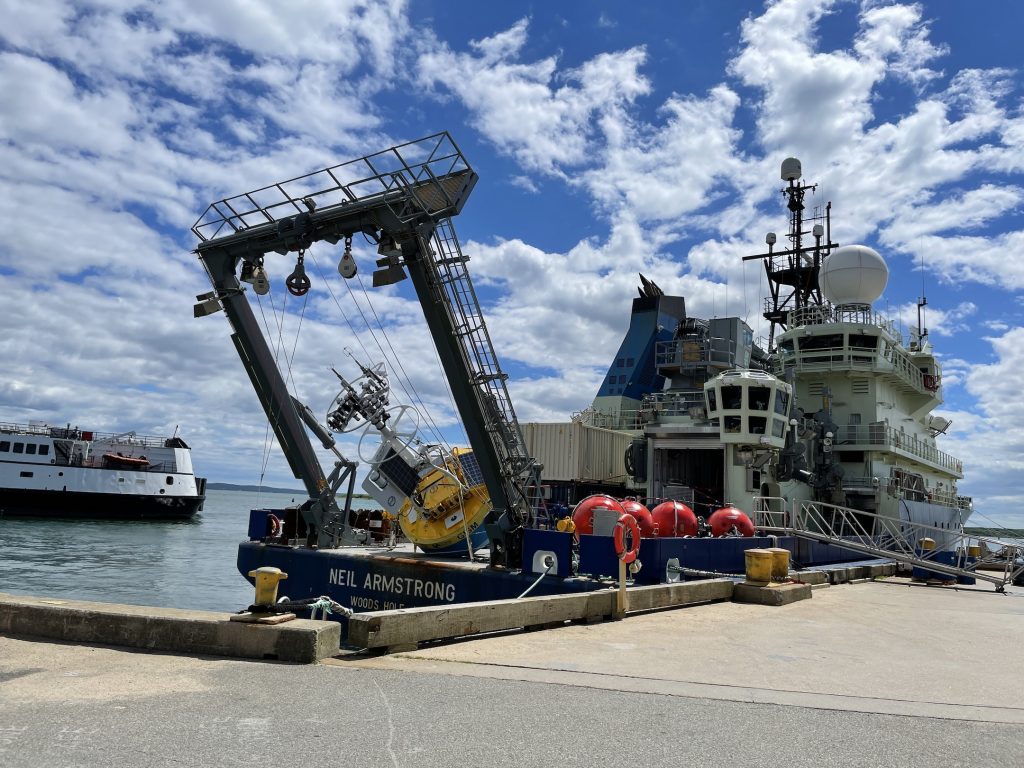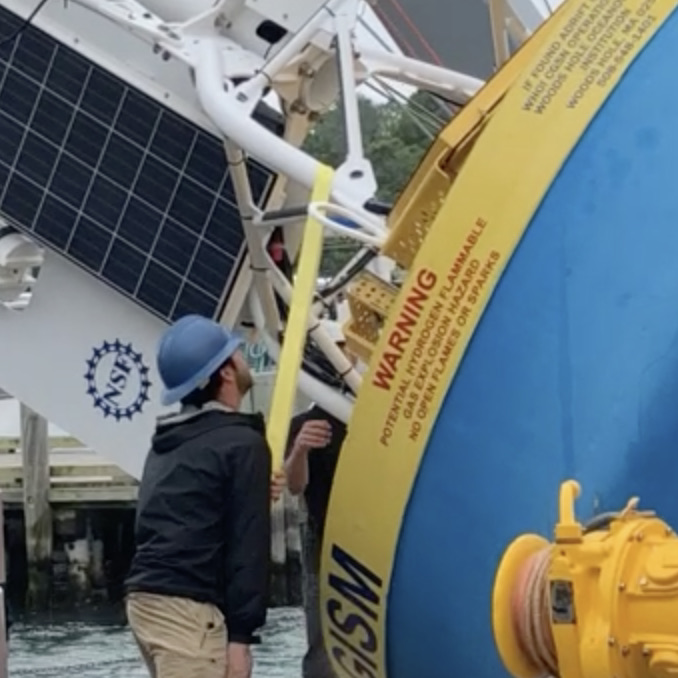- All
- Endurance 16
- Endurance 17
- Endurance 18
- Endurance 19
- Endurance 20
- Endurance 21
- Endurance 22
- Endurance 23
- Irminger 10
- Irminger 11
- Irminger 12
- Irminger 9
- Pioneer 17
- Pioneer 18
- Pioneer 19
- Pioneer 21
- Pioneer 22
- Pioneer MAB At-Sea Tests
- Pioneer MAB Initial Deployment
- Pioneer MAB Test Deployment
- RCA VISIONS 22
- RCA VISIONS 23
- RCA VISIONS 24
- RCA VISIONS 25
- Station Papa 10
- Station Papa 11
- Station Papa 12
- Station Papa 9
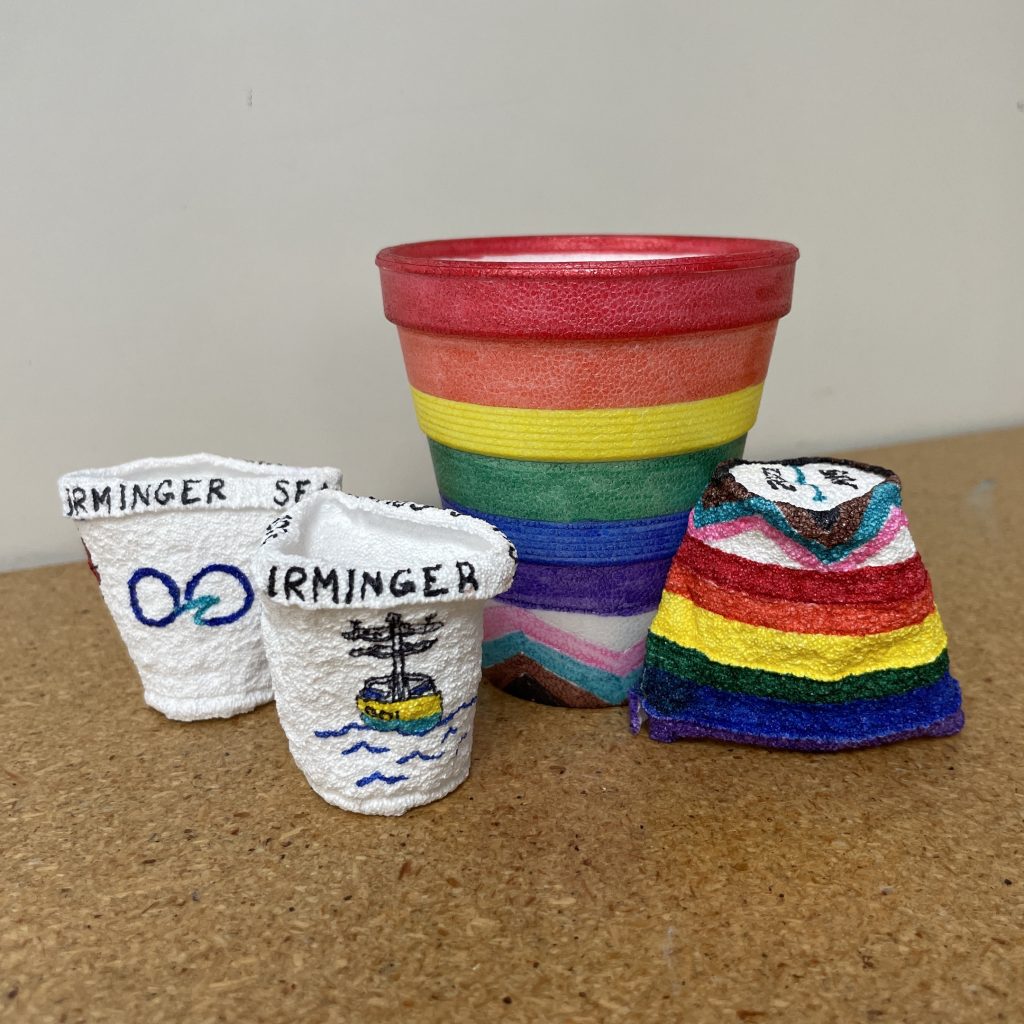
Although the team on the Irminger Sea 9 cruise is working hard every day – including weekends and holidays –…
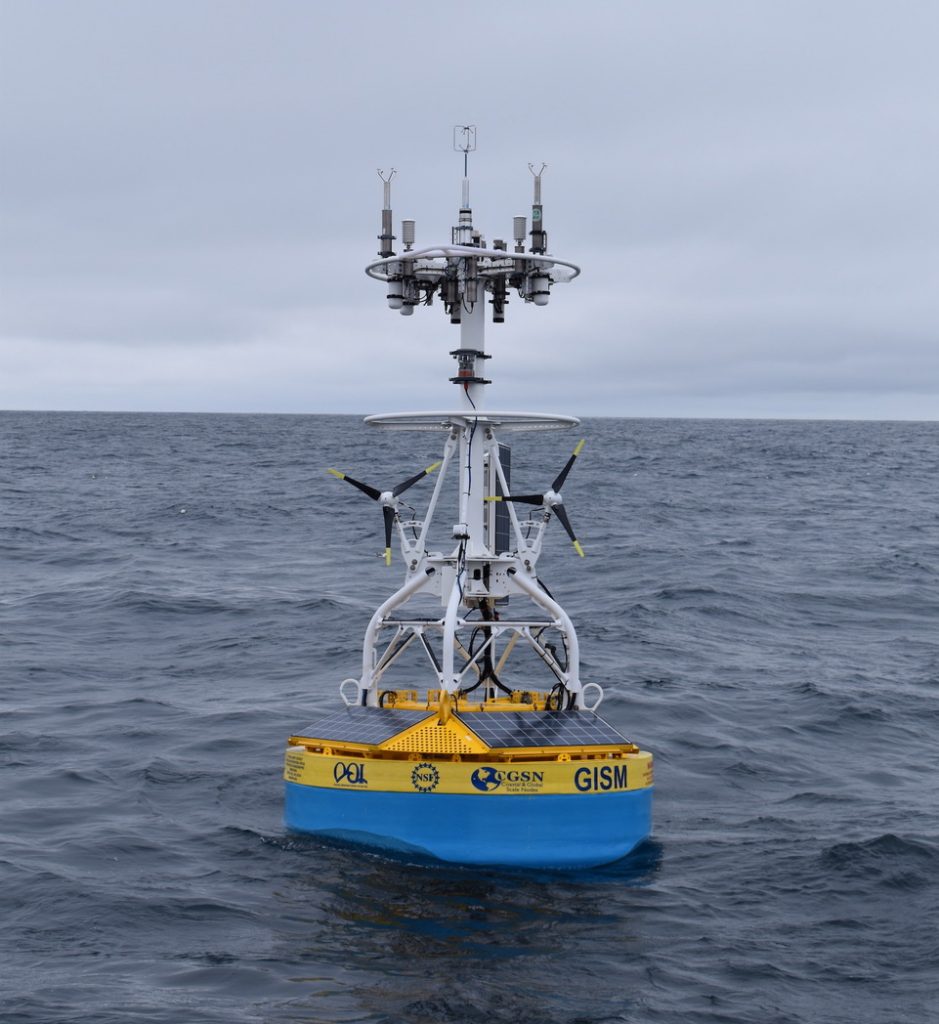
After eight days transiting from Woods Hole to the Irminger Sea, the team is happy to be there and ready…
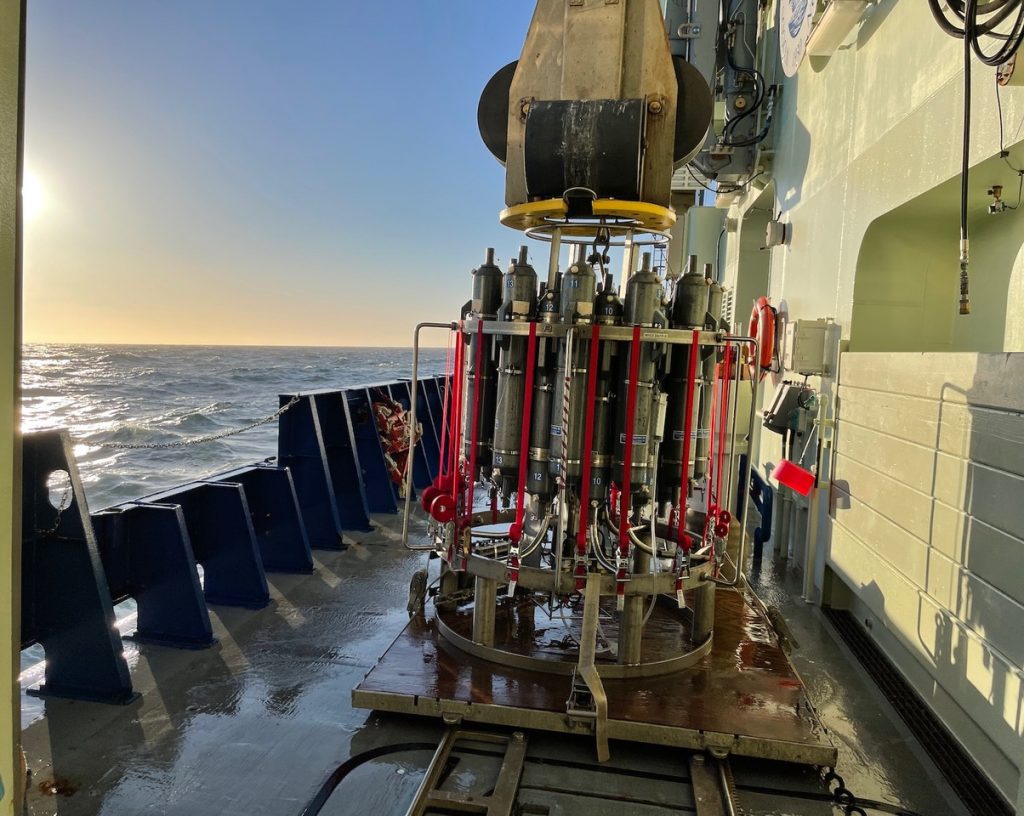
The Irminger Sea Array is at ~60° N latitude, and we are just after the summer solstice. That means it…
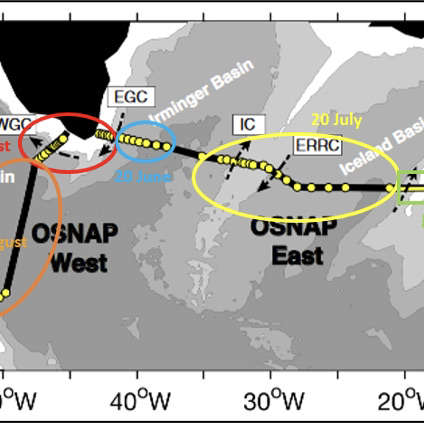
A team from OSNAP (Overturning in the Subpolar North Atlantic Program) is also onboard the Armstrong, working alongside OOI colleagues….
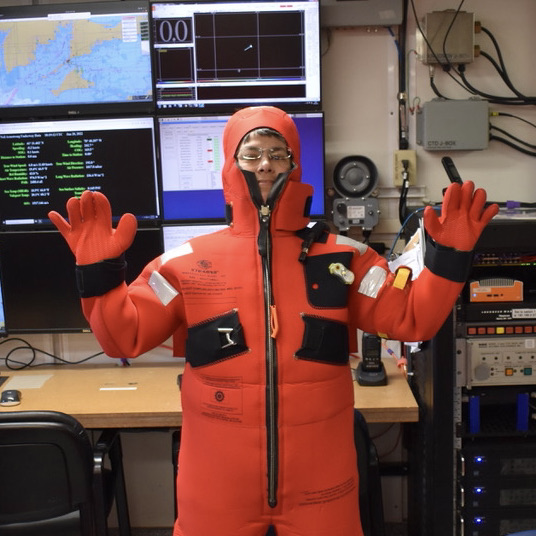
All UNOLS (University-National Oceanographic Laboratory System) ships have safety briefings and drills with the science party to ensure that everyone…
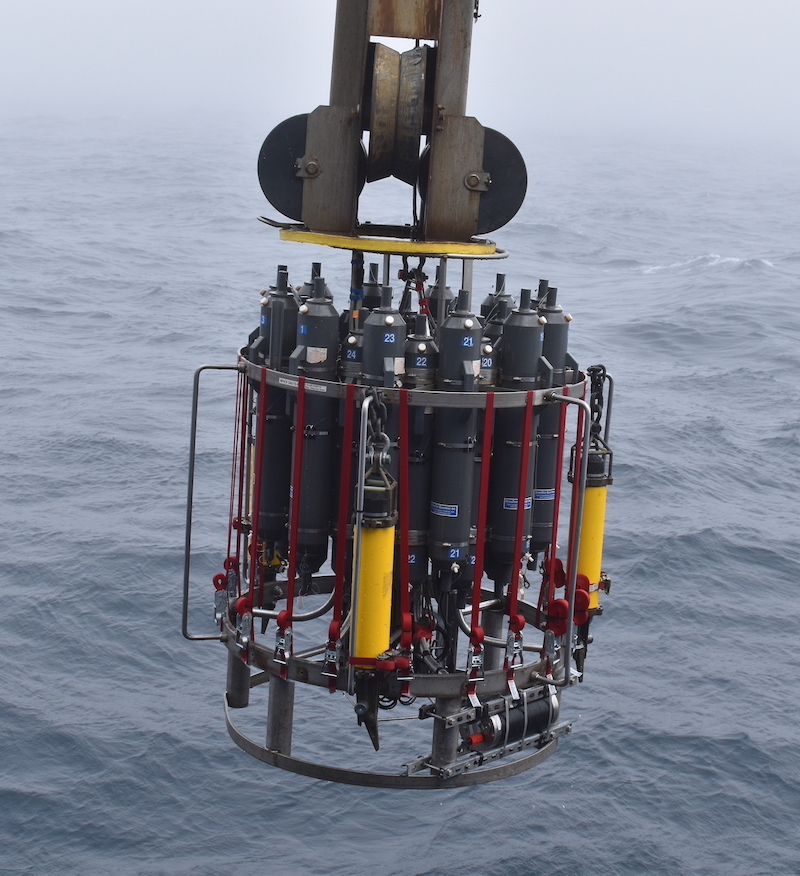
During our transit we are periodically stopping to conduct CTD casts in the Labrador Sea. We use these casts to…
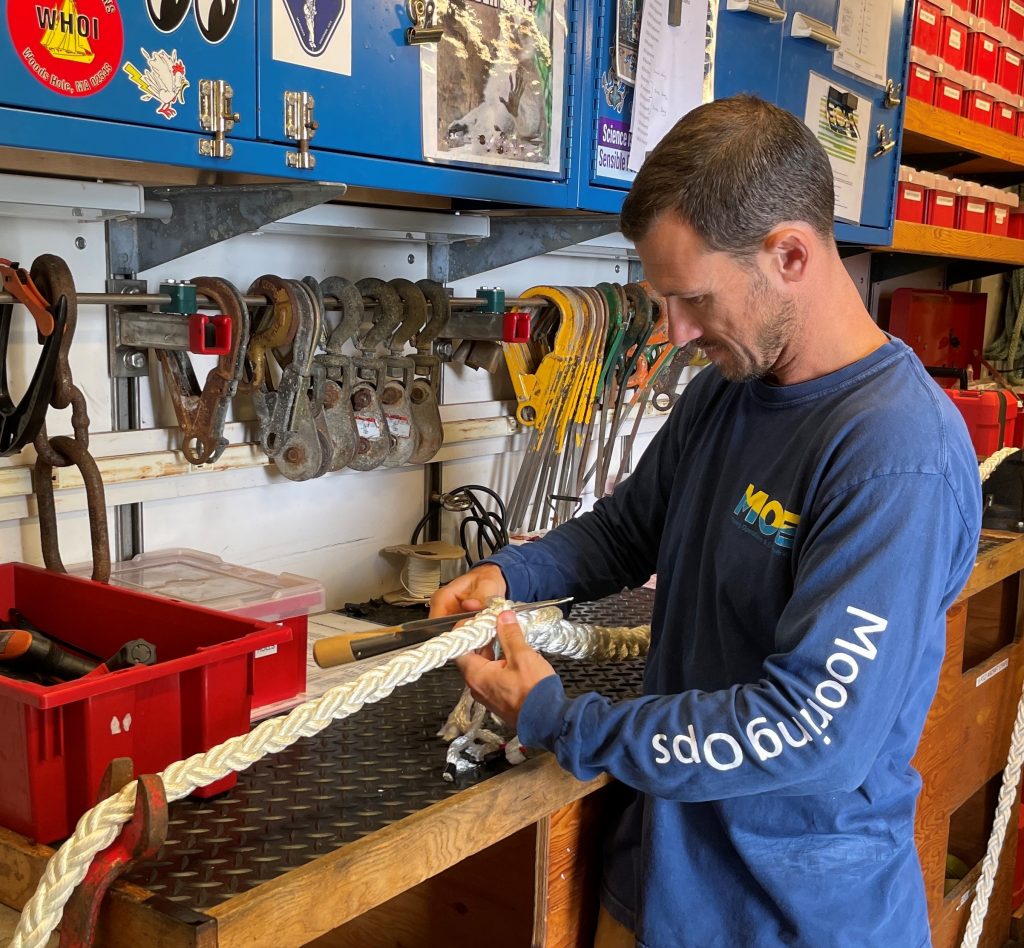
The Surface Mooring consists of a surface buoy, a seafloor anchor, and a mooring riser connecting the two. The riser…
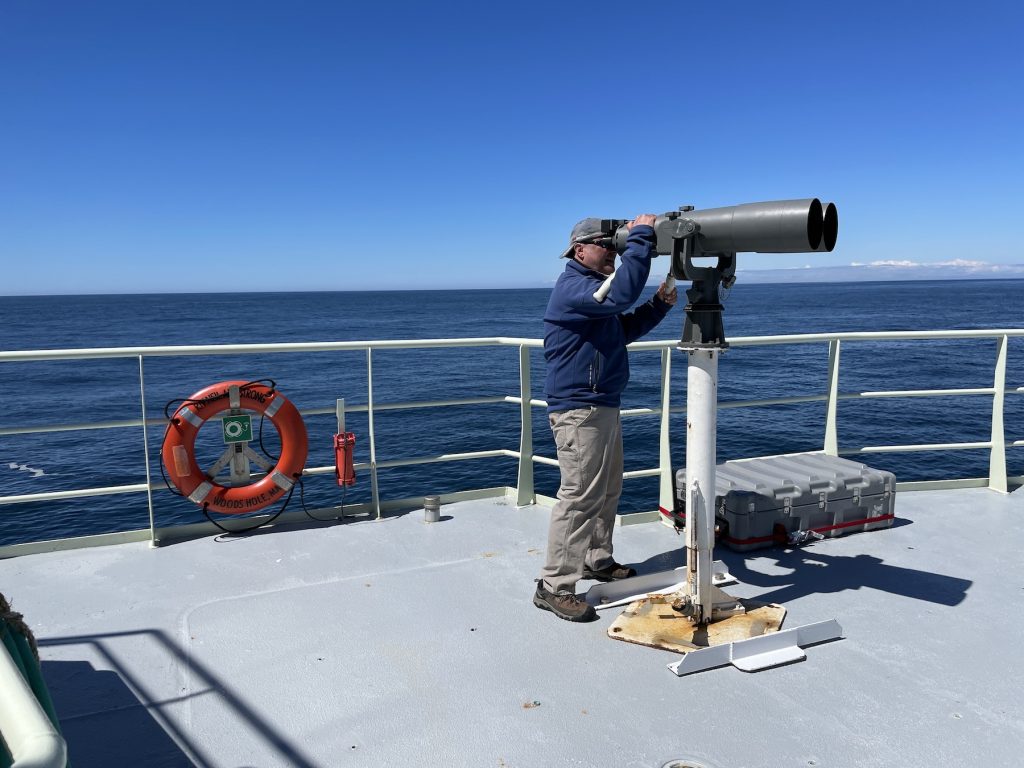
Pete Duley, from the National Oceanographic and Atmospheric Administration (NOAA), is aboard as a marine mammal observer. As we transit…
All images and videos are available for public use with the following acknowledgement: "Image (video) from work supported by the National Science Foundation Ocean Observatories Initiative, a major facility fully funded by the NSF." If an image is copyrighted, please include the copyright information at the end of this acknowledgement.
